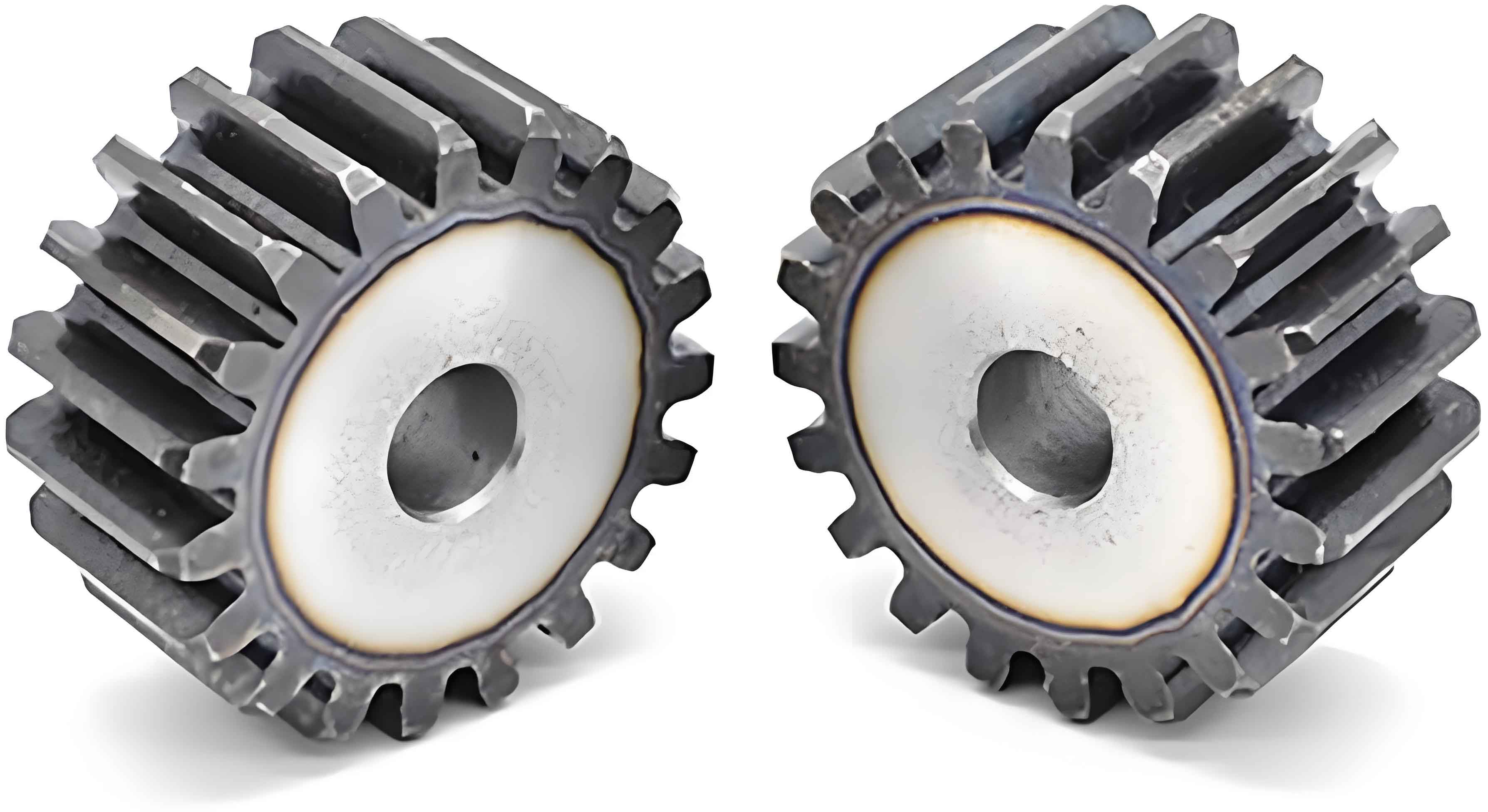Abstract
This paper focuses on the numerical simulation and parameter optimization of the carburizing and quenching process for cylindrical gear, aiming to enhance gear performance in terms of wear resistance and fatigue life. By utilizing numerical simulation techniques, the influence of critical process parameters on carburizing efficiency and gear properties is investigated, and an optimized process scheme is proposed.

1. Introduction
Table 1: Research Background and Significance
| Aspect | Description |
|---|---|
| Research Background | Improvement of cylindrical gear performance is crucial for transmission systems. |
| Significance | Enhancing wear resistance and fatigue life through optimized carburizing and quenching. |
Cylindrical gear, as core components in automotive transmissions, directly affect the quality and performance of the entire transmission system. Carburizing and quenching technology forms a carburized layer on cylindrical gear surface, improving surface hardness while maintaining the toughness of the core low-carbon steel.
2. Literature Review
Table 2: Research Status on Numerical Simulation and Process Optimization of Carburizing and Quenching
| Aspect | Domestic and Foreign Research Status |
|---|---|
| Numerical Simulation | Combination of mathematical models and computer simulation. |
| Process Optimization | Traditional trial-and-error methods vs. numerical simulation. |
Researchers have explored the use of numerical simulation to predict and optimize gear performance, aiming to reduce costs and improve process efficiency.
3. Theoretical Foundation and Finite Element Model Establishment
Based on continuous thermodynamics and phase transformation thermodynamics, a multi-field coupled mathematical model for cylindrical gear carburizing and quenching is established, incorporating diffusion, temperature, microstructure, stress, and hardness fields.
Table 3: Key Parameters for Cylindrical Gear Carburizing and Quenching Simulation
| Parameter | Description |
|---|---|
| Material | 20CrMnTi steel |
| Geometric Model | Cylindrical gear |
| Boundary Conditions | Set according to actual process conditions |
4. Experimental Verification and Numerical Simulation Analysis
Cylindrical gear carburizing and quenching experiments are conducted, and the hardness, carbon concentration, and microstructure distributions are analyzed. These results are compared with numerical simulation predictions to validate the model’s accuracy.
Table 4: Experimental and Simulation Results Comparison
| Aspect | Experimental Results | Simulation Results |
|---|---|---|
| Carbon Concentration | Surface: ~0.877%, Core: 0.19% | Surface: ~0.877%, Core: 0.19% |
| Hardness Distribution | Max: 62.1HRC, Min: 48.1HRC,淬硬层: 1.15mm | Max: 62.1HRC, Min: 48.1HRC,淬硬层: 1.15mm |
| Microstructure | Surface: Martensite + Residual Austenite | Surface: Martensite + Residual Austenite |
5. Numerical Simulation Study on Carburizing and Quenching Process Parameters
The influence of carburizing temperature, time, carbon potential, and cooling rate on carbon concentration and hardness distribution is investigated through numerical simulations.
Table 5: Influence of Process Parameters
| Parameter | Influence on Carbon Concentration and Hardness |
|---|---|
| Carburizing Temperature | Slightly affects carbon concentration, no effect on hardness |
| Carburizing Time | Increases surface and core carbon concentration, affects hardness |
| Carburizing Carbon Potential | Directly affects surface carbon concentration and hardness |
| Cooling Rate | Affects hardness but not carbon concentration |
6. Process Parameter Optimization
Orthogonal experimental design is employed to study the primary and secondary effects of process parameters on cylindrical gear carburizing efficiency. A PSO-BP neural network model is developed for predicting surface carbon concentration and carburized layer depth.
Table 6: Orthogonal Experimental Design Results
| Factor | Level | Surface Carbon Concentration (%) | Carburized Layer Depth (mm) |
|---|---|---|---|
| Carburizing Temp. | Level 1 | – | – |
| Level 2 | – | – | |
| Carburizing Time | Level 1 | – | – |
| Level 2 | – | – | |
| Carbon Potential | Level 1 | – | – |
| Level 2 | – | – |
The optimized process parameters are determined to be a specific combination of carburizing temperature, time, and carbon potential, with a predicted surface carbon concentration of 0.796% and a carburized layer depth of 9.03mm.
Table 7: Optimized Process Parameters
| Parameter | Optimized Value |
|---|---|
| Carburizing Temperature | – |
| Carburizing Time | – |
| Carburizing Carbon Potential | 0.9% |
| Cooling Rate | – |
7. Conclusion
This paper conducted an in-depth study on the optimization of the carburizing and quenching process for cylindrical gear. Through numerical simulations and experimental verifications, the relationships between key process parameters and cylindrical gear properties were explored, and an optimized process scheme was proposed. The PSO-BP neural network model demonstrated high prediction accuracy, providing a reference for practical process parameter optimization.
